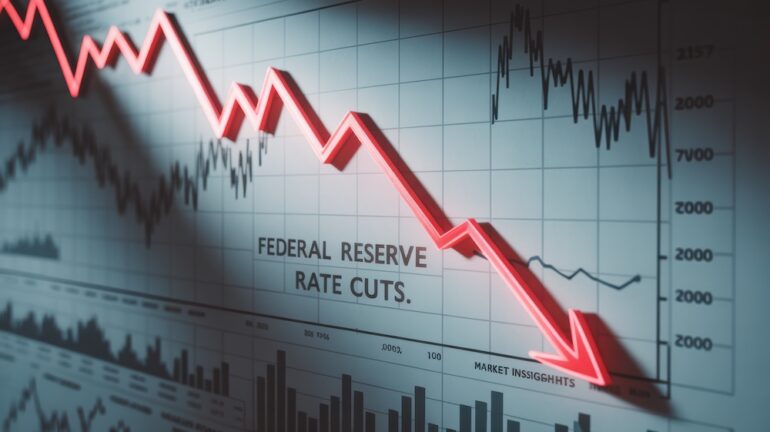Mortgage rates have been higher since the Federal Reserve began hiking interest rates to combat inflation in 2021, but what is the relationship between mortgage rates and Fed rates? Now that inflation has cooled, the public hopes interest rates will be dialed back, and prospective home buyers hope for lower mortgage rates. But are lower mortgage rates automatically tied to the Fed lowering interest rates?
The role of the Federal Reserve and Fed rates
The Federal Reserve is not a government agency. It is a private corporation empowered by the government to serve as the nation’s bank, influencing interest rates and the supply of money for the entire U.S. banking system. Banks lend money to each other continually to restore regulatory reserve requirements. The interest rate they charge each other is called the federal funds rate, which is what the Fed raises or lowers. The Federal Reserve influences rates through the purchase and sale of U.S. government bonds and by creating additional money and distributing it into the banking system.
Think of the federal funds rate as being like the wholesale cost of money sold from one bank to another. The retail price for money is the rate banks charge customers for car loans, mortgages, and other lending products. However, between the federal funds rate and the mortgage rate, there are additional layers that influence the cost of car loans, mortgages, and other types of retail lending.
Meet the 10-Year Treasury Note
Between the wholesale federal funds rate and consumer interest rates lies the 10-Year Treasury rate. The 10-Year Treasury is a debt obligation of the U.S. government, its way of borrowing money from investors to fund government spending. The Federal Reserve does not set the rate paid on 10-Year Treasury notes. Instead, the rate rises or falls on the open market just like any other investment. The rate is higher than the federal funds wholesale rate but lower than the 30-year mortgage rate. The spreads between the three different lending rates are affected by expectations of investors:
- The 10-Year Treasury must pay a higher interest rate than competing shorter-term debt investments to make it worthwhile for investors to tie their money up for 10 years.
- Investors have confidence that their Treasury investments are secure because the U.S. government backs them.
- The spread between the federal funds rate and Treasury rates also includes various lending costs, such as fees, guarantees, and miscellaneous expenses.
- Economic conditions, such as inflation, expectations of economic growth, or recession, spur investors to bid rates up or down.
- Between the 10-Year Treasury and mortgage rates lie additional costs, including higher fees, investor profits, and compensation for taking on added risk. Mortgages are often bundled into investment products, and since mortgages can be defaulted on, unlike U.S. Treasury securities, investors want part of the spread to be profit that offsets the risk.
So why is it that sometimes the Federal Reserve lowers the federal funds rate, but mortgage rates don’t automatically follow suit? Between the federal funds rate and mortgage rates are the 10-Year Treasury, which is a much better predictor of mortgage rates, plus all the economic conditions that affect consumer and investor confidence. The Fed’s rate cuts are not an automatic guarantee of lower mortgage rates, given the complex relationship between the two.
Related – Should You Wait Until Interest Rates Drop to Buy a House?


